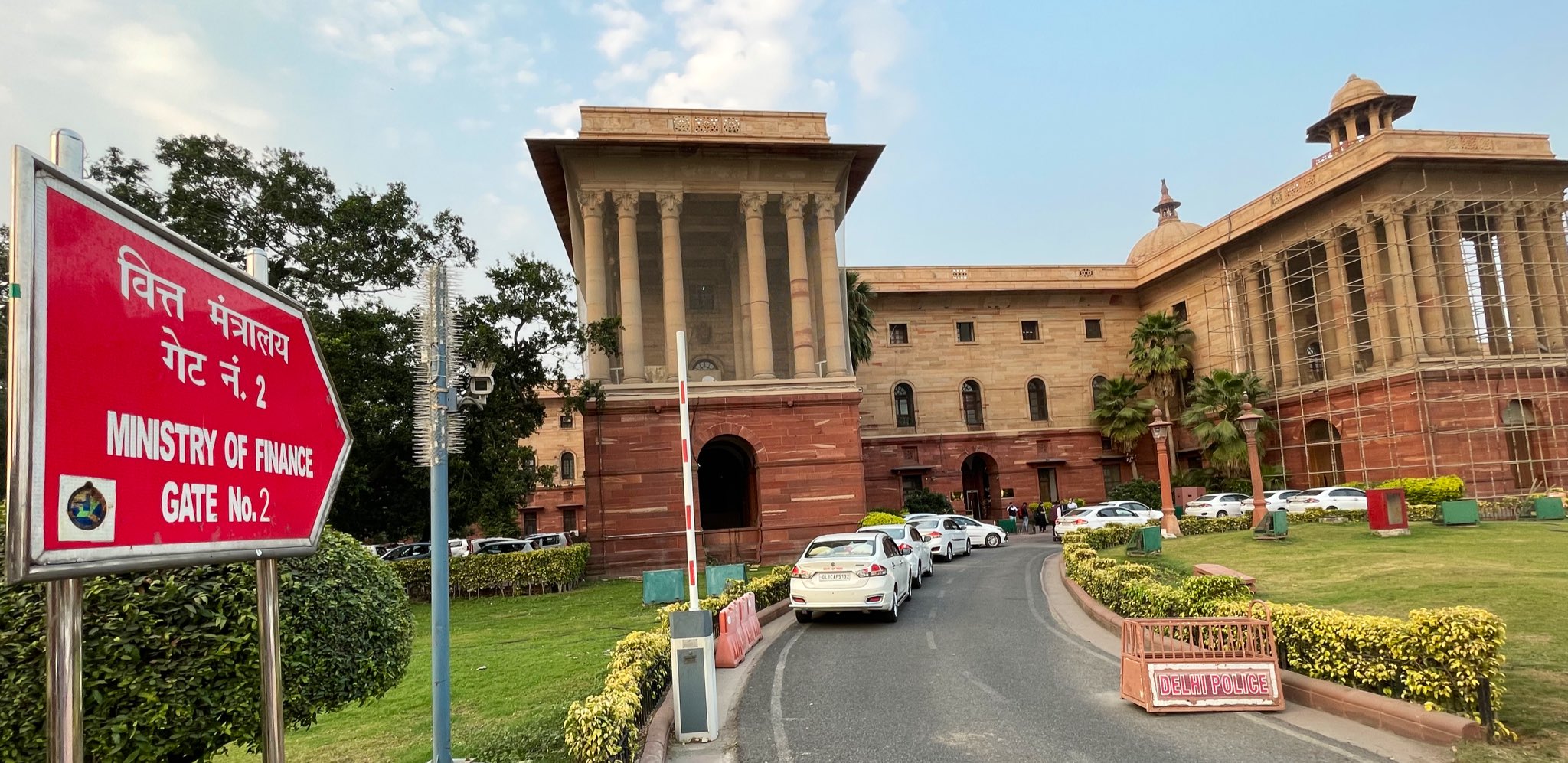A Deep Dive into the Surge: State Governments Raise Q1 Capital Expenditure by 81% in 2023

A Deep Dive into the Surge: State Governments Raise Q1 Capital Expenditure by 81% in 2023
Excluding the interest-free capital expenditure loans of around Rs 20,000 crore that the Centre provided to these states from April to June 2023, their capex growth came in at 25%.
After a relative decrease in pace during the previous fiscal year, the state governments have again stepped on the gas pedal regarding capital expenditures. Twelve large states’ aggregate capex increased 81% year over year in the period under evaluation by FE, compared to a 16% fall in the corresponding quarter last year.

Their capex increase for the period was 25%, excluding the interest-free capex loans of over Rs 20,000 crore provided by the Centre to these states in April–June 2023. States’ capital expenditures, net of loans from the Centre, only grew by 6% in FY23 after reporting a substantial 33% rise in FY22. This was compared to a lofty aim of 38%.
Overall, the Centre’s requirement that 33.3% of Rs 1 trillion in untied capex loans would only be given to a state if it reached the criterion of 45% of the annual capex target in the April-September period can be blamed for the increase in capex in Q1FY24.

These states face a difficult challenge in increasing spending to reach another 35% of their annual target in Q2FY24 and be eligible to receive one-third of their quota from the Centre’s untied capex loans, given that they only reached 10% of their budgeted annual capex of approximately Rs 5.38 trillion in Q1.
Instead of the usual monthly devolution of Rs 59,140 crore, the Centre provided two payments of tax devolution totalling Rs 1.18 trillion for June to increase resources for the states to speed up capital investment.
Notably, the tax receipts for these 12 states—Andhra Pradesh, Haryana, Karnataka, Kerala, Maharashtra, Odisha, Punjab, Rajasthan, Tamil Nadu, Uttar Pradesh, Uttarakhand, and Telangana—showed a 21% increase in Q1FY24 to Rs 4.5 trillion, up from a 40% increase in the same period last year.
![Free download Wallpaper Coins Roubles buy sell exchange finance money Money [1280x853] for your Desktop, Mobile & Tablet | Explore 41+ Exchange Wallpaper | Bombay Stock Exchange Wallpapers,](https://cdn.wallpapersafari.com/82/4/W7UASt.jpg)
As a result of a low base from the previous year and the fact that these 12 states reported a 73% drop in loans and liabilities in Q1, the borrowing of these 12 states increased dramatically by 173% year over year to Rs 83,300 crore in Q1FY24.
In Q1FY24, these states’ revenue spending increased 8% year over year to Rs 5.4 trillion, while overall spending increased 13% year over year to Rs 6.1 trillion.
To sustain the public investment-led economic recovery following the epidemic, the Centre has increased the capital expenditure goal by 37% yearly to a staggering Rs 10 trillion (including Rs 1.3 trillion in capex loans to states). In Q1FY24, the Centre completed around 25% of its capex plan.
The states’ consolidated gross budget deficit was reduced from 4.1% of GDP in the pandemic-hit FY21, which was the highest level since FY05, to 2.8% in both FY22 and FY23 thanks to the Goods and Services Tax (GST) compensation, enhanced tax transfers, and more outstanding capex-specific loans.
In an impressive demonstration of fiscal diligence and economic understanding, state governments across the United States have significantly boosted their capital expenditure (CapEx) in the first quarter of 2023, marking a noteworthy year-on-year increase of 81%. This increase in state capital expenditure signifies a proactive shift towards investment in long-term assets and infrastructural projects that are anticipated to spur local economies, generate employment, and enhance overall living standards.

Several factors have contributed to this surge in state capital expenditure, ranging from a combination of federal assistance, rebounding state revenues, and borrowing costs that remain historically low.
- Federal Assistance: The substantial financial assistance extended by the federal government has enabled state governments to overcome fiscal challenges exacerbated by the COVID-19 pandemic. Federal relief packages like the American Rescue Plan Act have allowed states to channel funds into much-needed infrastructural and developmental projects.
- Rebounding State Revenues: Many states in the US are seeing a rise in their revenues as the economy gradually recovers from the pandemic’s effects. Improved economic activities have translated into higher tax receipts, enabling conditions to allocate more funds for capital expenditure.
- Low Borrowing Costs: Interest rates have remained relatively low, creating a conducive environment for state governments to borrow for long-term investment projects. This affordability in borrowing costs has encouraged states to increase their capital expenditure, investing in infrastructure and other significant public goods.
There has been a significant rise in state investments in several key sectors. Infrastructure, healthcare, education, and technology have been at the forefront of this increased CapEx.

Infrastructure: Numerous states have used their funds to upgrade ageing infrastructure, a sector that promises both short-term and long-term economic benefits. These infrastructural projects range from revamping highways, bridges, and public transport systems to investing in renewable energy sources.
Healthcare: The healthcare sector has also witnessed a substantial influx of investment. The current pandemic has highlighted the pressing need to strengthen healthcare infrastructure, resulting in increased spending in this industry.
Education: Investments in education infrastructure, such as building new schools or improving existing ones, reflect states’ commitment to shaping the future of their younger generations.
Technology: Many state governments have also recognized the importance of digitization and have ramped up their investments in the technology sector. These investments aim to improve public services and transform state governments’ interactions with their constituents.
The remarkable increase in state CapEx is expected to have several potent effects. A surge in infrastructure development will likely lead to job creation, providing a short-term economic stimulus. The long-term economic benefits will stem from improved productivity, as better infrastructure reduces transaction costs and increases economic efficiency.
Increased investments in healthcare and education will likely result in improved quality of life for residents. Enhanced healthcare facilities can lead to healthier communities, while investments in education infrastructure promise better learning environments and outcomes.
Lastly, the commitment to technology will transform public services, making them more accessible and efficient while preparing states for a digital future.

The 81% YoY increase in state capital expenditure for Q1 2023 highlights a paradigm shift in the fiscal strategy of state governments. This trend suggests that states prioritize investment in their future, focusing on long-term assets and infrastructure that will bolster their economies, enhance public services, and improve the quality of life for their residents. It is a positive sign, showing resilience and recovery of the states from the economic distress caused by the pandemic and bringing a beacon of hope for a brighter, stronger future.



